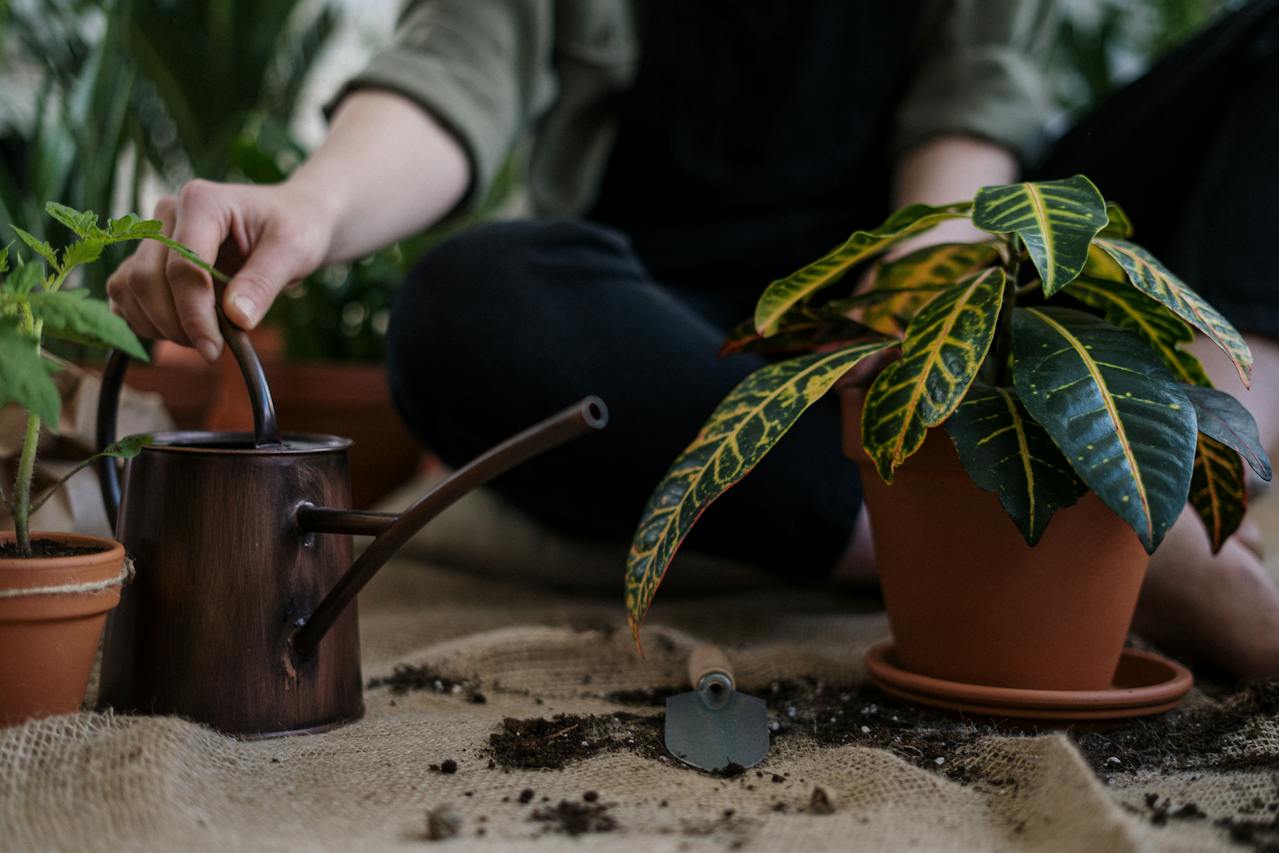In the ever-evolving world of gardening, sustainability has become a buzzword, and no-till gardening has emerged as a leading champion in the quest for eco-friendly cultivation. This revolutionary approach not only transforms the way we tend to our gardens but also leaves a profound impact on the environment. In this article, we will explore what is no-till gardening, soil health, and biodiversity and how commitment to conservation takes center stage.
Preserving Soil Health
 No-till gardening stands as a guardian of soil health, championing a philosophy that disrupts the soil as little as possible. Traditional tilling can disturb the delicate balance of microorganisms, disrupt soil structure, and contribute to erosion. In a no-till garden, the soil structure is left undisturbed, creating a thriving ecosystem where beneficial organisms, from earthworms to microorganisms, work harmoniously to enrich the soil.
No-till gardening stands as a guardian of soil health, championing a philosophy that disrupts the soil as little as possible. Traditional tilling can disturb the delicate balance of microorganisms, disrupt soil structure, and contribute to erosion. In a no-till garden, the soil structure is left undisturbed, creating a thriving ecosystem where beneficial organisms, from earthworms to microorganisms, work harmoniously to enrich the soil.
Reducing Erosion
Erosion, the silent thief of fertile soil, finds a formidable adversary in no-till gardening. By avoiding the disruption of the soil through tilling, no-till gardens create a protective shield against erosion. The remnants of previous crop residues and cover crops act as a natural barrier, preventing soil particles from being carried away by wind or water. This not only conserves precious topsoil but also safeguards the long-term fertility of the land.
Bolstering Biodiversity
No-till gardening nurtures biodiversity in ways that traditional methods struggle to emulate. By maintaining a diverse cover of plant residues and cover crops on the soil surface, no-till gardens become thriving habitats for a multitude of organisms. From beneficial insects to soil-dwelling microbes, the garden becomes a symphony of life, promoting a natural balance that reduces the need for chemical interventions.
Mitigating Carbon Footprint
The environmental impact of no-till gardening extends to the battle against climate change. Traditional tilling releases stored carbon into the atmosphere, contributing to greenhouse gas emissions. No-till practices, by contrast, sequester carbon in the soil. The undisturbed organic matter acts as a carbon sink, helping to mitigate the effects of climate change while fostering a healthier, more resilient garden ecosystem.

Considering Water Conservation
In the realm of water conservation, no-till gardening stands out as a champion. The undisturbed soil structure allows for better water retention, reducing the need for frequent irrigation. The natural mulch created by cover crops helps regulate soil moisture, minimizing water runoff and promoting efficient water use. This water-wise approach not only benefits the garden but also contributes to overall conservation efforts.
In Conclusion
In the grand tapestry of gardening, no-till practices weave a story of sustainable growth, environmental stewardship, and a commitment to leaving the Earth better than we found it. As we till the soil of our imaginations, let’s consider the profound impact we can make by adopting greener approaches to cultivation. In the world of gardening, no-till isn’t just a method; it’s a movement. A movement towards a more sustainable, harmonious, and vibrant future for our gardens and our planet.

